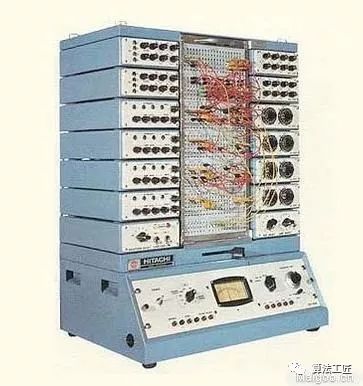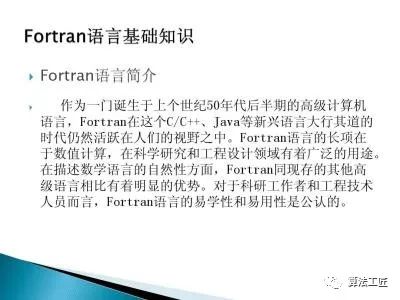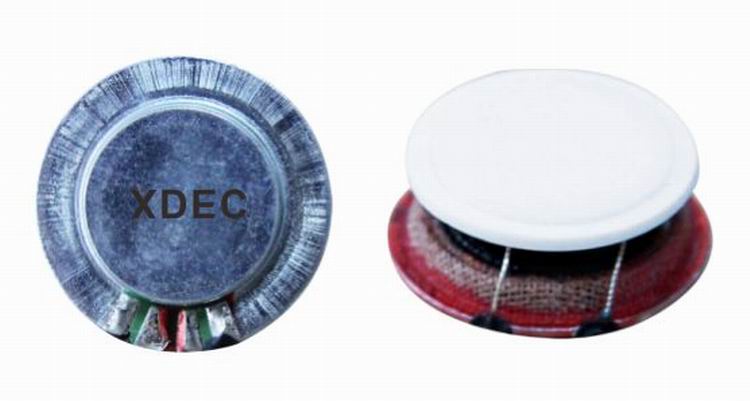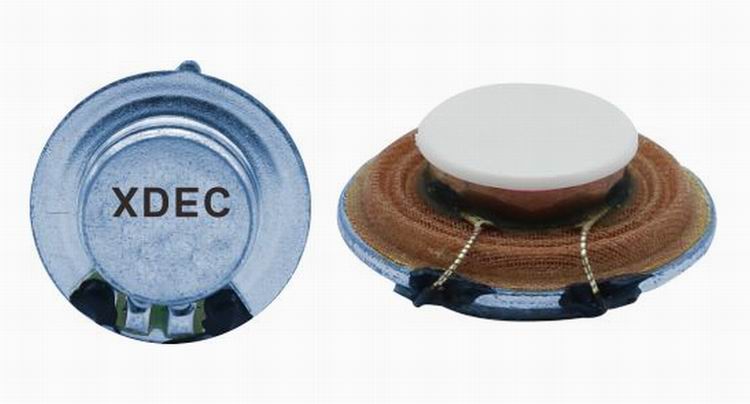Only our middle-aged and old people will write this content with a tearful nose. I graduated from college in the last century, and I was studying FORTRAN and C in that era. Both of these high-level languages ​​require a fixed format, so I put the one who is the least favorite of me. It was not until MATLAB appeared that I had a real interest in simulation and embarked on the road to research and development. I will not talk about my experience first, and quickly talk about the topic. The development of simulation is inseparable from the advancement of computer technology! Analog computers appeared in the 1940s, when computers were mostly dedicated computers for designing aircraft. This kind of computer is mainly used for calculation (and the simulation does not have any relationship). In the early 1950s, a general-purpose analog computer appeared. I have never seen it! At the end of the 1950s, digital computers have developed greatly. In addition, there have been great developments in the theory of numerical solutions of differential equations during this period, so after several high-level languages ​​(such as FORTRAN, etc.) appeared (on In the late 1950s, when I wrote the last century, I felt that I was an old man!), digital computers began to be widely used in non-real-time simulation (beginning and simulation). In 1958, in order to meet the requirements of high-speed dynamic system simulation, the first dedicated analog/digital hybrid computer appeared, which was used to solve the calculation problem of missile trajectory. Hybrid computer products emerged after 1960. Later, due to the rapid development of computer technology (as everyone knows in Moore's Law), digital computers have been able to solve real-time simulation problems of high-speed dynamic systems, so analog/digital hybrid computers will be replaced by digital computers. The simulation software also evolved from the initial machine code to the higher-level programming language (FORTRAN, as well as Ada, C++ and other languages ​​with parallel processing capabilities), to the problem-oriented simulation language, to the modular concept, and then to the development Object programming, graphical module programming, etc. In 1995, I just attended college. The computer languages ​​studied are Fortran and C. But the first thing to learn is Fortran. That is the basic course offered by the freshman. That class is very poor. I remember that I had taken 60 points at the end of the period. Because I was just in college, So the freshman's winter vacation was frightened. I am afraid to receive a letter of re-examination. Xin Gao scored 96, I took a third-class scholarship. I am grateful for the high number. Far away, Pull back. So far, many unique simulation languages ​​have been formed in the field of science and technology. Different industries have their own simulation software overlord. I am a communications veteran, and I must mention the simulation hegemon in our communications field. That is MATLAB. Simulink, the popular dynamic simulation integration software, is just a toolkit for MATLAB. It is undeniable that MATLAB is the best technology application software available today.
Vibration
speaker:
Vibration
speaker is a kind of speaker unit which is made from vibration principle. It is
also called resonance speaker. Vibration speakers have no diaphragms and also
called exciters. They drive any solid plane surface they contact and made that surface
sound, so people can have original sound from different materials. Vibration
speakers have a special penetrability which traditional speakers don`t have.
These kind of speakers are mainly used for digital audio speakers, music massage
facilities and music treatment facilities.
Our main vibration speakers include:
1) From
the diameter: we have speakers in diameter of 18mm ~ 44mm.
2) From
the power output, we have speakers of 2W ~ 15W.
FAQ
Q1. What
is the MOQ?
Vibration Speaker,Vibration Driver,Vibro Speaker,Vibration Bluetooth Wireless Speaker Shenzhen Xuanda Electronics Co., Ltd. , https://www.xdecspeaker.com




XDEC: 2000pcs for one model.
Q2. What is the delivery lead time?
XDEC: 15 days for normal orders, 10 days for urgent orders.
Q3. What are the payment methods?
XDEC: T/T, PayPal, Western Union, Money Gram.
Q4. Can you offer samples for testing?
XDEC: Yes, we offer free samples.
Q5. How soon can you send samples?
XDEC: We can send samples in 3-5 days.